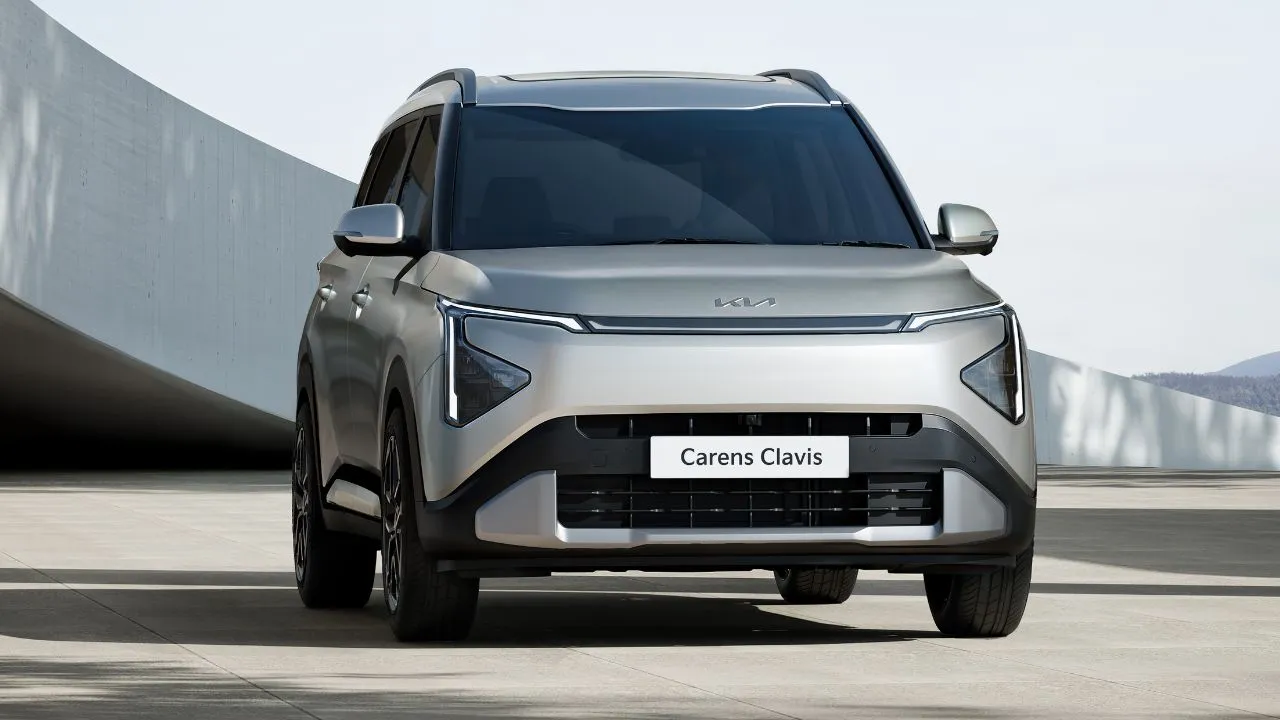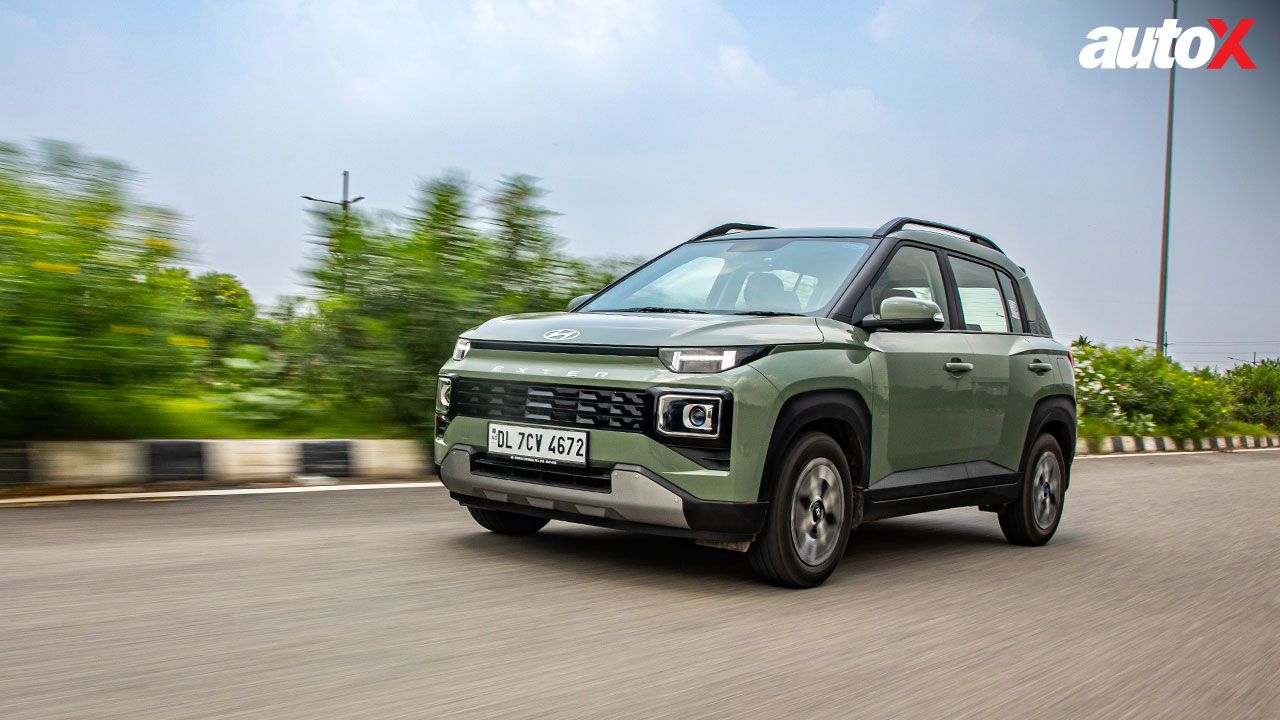Maruti Ignis vs Hyundai Grand i10 vs Ford Figo: Comparison
The Maruti Suzuki Ignis, Hyundai Grand i10, and Ford Figo are all equally as different as they are similar in price and size. So, which one stands out above them all? We have the answer here.

What’s your calling – glamour, practicality or enthusiasm? Why not all three in a hatchback? We search for the middle path and compare the Maruti Suzuki Ignis, Hyundai Grand i10 and Ford Figo to find out which is the all-conquering one.
Hatchbacks have come a long way from being plain looking cars. Apart from being a practical and affordable option, they’ve now evolved into attractive cars with an air of sophistication. They’re also now loaded with the latest features.
It all began when Hyundai launched the Grand i10 in 2013. If the first generation Grand i10 carved its own niche in the hatchback segment, then the Maruti Suzuki Ignis has raised some pretty pertinent follow up questions – such as, why can’t hatchbacks make a style statement while not compromising on safety? If Hyundai set the ball rolling then it’s Maruti Suzuki, with their brand new urban hatch, that’s bringing in the flair and attitude. That’s right, India’s largest car manufacturer now wants to break free from the staid and predictable tag it’s cultivated over the decades. This segment also caters to enthusiasts on a shoestring budget, and that’s where the Ford Figo comes in. The Blue Oval is the most powerful car in this category and can easily put bigger sedans to shame. We decided to put top-of-the-line diesel variants of these three hatchbacks in a slugfest to find out who takes the crown – the pretty Figo, the edgy Ignis or the face-lifted Grand i10.
Exterior Exuberance
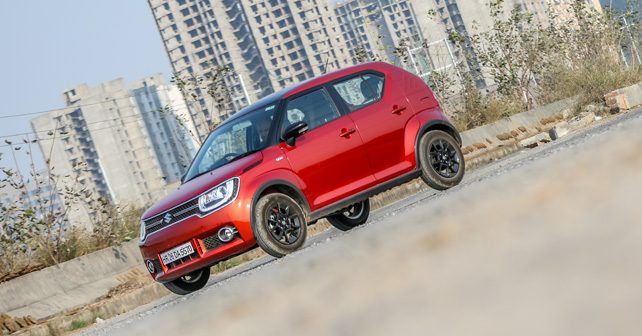
We start off with the new kid on the block, the Ignis. And, like it or not, this Maruti Suzuki hatchback really makes a statement. I lost count of the number of times I was mobbed on the road and had to fend off a volley of questions. The quirky shape of the Ignis really makes it stand out, and the stretched rectangular design of the front grille with chrome accents manages to give it a retro look. And the Ignis isn’t short of any glitz and glamour, as it comes with full LED projector lamps – which is a first in this segment – with daytime running lights glistening around the projectors like a Cartier diamond bracelet. The air dams in the front bumper, meanwhile, house a pair of stylish chrome-finished fog lamps. From the side, it comes across as a compact armoured vehicle that could easily be used by the Defence forces. The Ignis has bulging wheel arches and its shoulder line keeps climbing up all the way up to the thick C-pillar with three diagonal strips engraved into the metal. And we love the uniquely designed 15-inch black alloy wheels, which are also the biggest in size amongst the three cars. Now, at the rear is where the Ignis starts to lose its funky beat as the square tail-lamps and the sloping rear windshield make it look – dare I say it – quite plain.
And while Maruti was busy launching a new hatchback, Hyundai wasn’t far behind. So the segment leader, the Grand i10, has received a well-timed mid-life facelift. Plus, apart from the cosmetic nip-and-tuck job, it’s now powered by a brand new 1.2-litre diesel engine. But we’ll get to that a bit later. First and foremost, the Grand i10 now sports a more imposing front grille – or, as Hyundai calls it, a ‘cascading grille.’ However you want to refer to it, this certainly makes the Grand i10 look contemporary. This new grille actually reminds me of the honeycomb grilles that were in vogue about a decade ago, but of course the new Hyundai design looks modern. It also gets a new wraparound front bumper, which now boasts of smart looking DRLs neatly tucked away in the fog lamp housing. The Grand i10 also gets redesigned 14-inch alloy wheels. The rear gets some new design elements, like a contrasting black strip on the bumper with nicely integrated fog lamps.
The Figo, on the other hand, has a clean-cut design with a striking Aston Martin-esque hexagonal chrome grille in front. Unfortunately, from the rear the Figo’s design looks a bit too simple – as it blends into the crowd. But the Figo certainly gets full marks in the practicality department, as Ford has increased its ground clearance to an impressive 174mm – so you don’t have to worry about it bottoming out like you did in the previous generation. It’s the Ignis, however, that has the highest ground clearance – at 180mm.
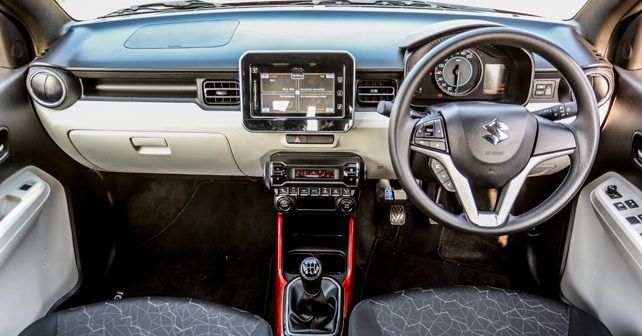
Lap of Luxury
Step inside the Ignis’ black and ivory cabin, and it welcomes you with a funky and retro design – such as the fully automatic climate control’s smart looking toggle switches, which is a first in this segment. The dual-tone interiors certainly make the cabin feel airy, but it will be quite a task to keep it clean. The centre console hogs the limelight, with a 7-inch ‘floating’ infotainment touchscreen system. It’s the same interface as in the Baleno, and features Apple CarPlay, Android Auto and Mirror Link. It’s also equipped with a rear parking camera and a navigation system. Another funky ingredient is the body-coloured cylindrical door handles.
The Ignis could have had better seats though, as they’re quite soft and won’t provide much support on long drives. The seat squab’s side support is almost jelly-like and doesn’t really end up doing much. The rear passengers won’t face any difficulty headroom wise though. But fitting three adults abreast will be a tight squeeze as it’s quite a narrow cabin. What’s most impressive about the Ignis, though, is that it’s fully loaded with safety features. It comes standard with dual airbags, ABS with EBD and ISOFIX child seat anchor points, which is another first in this category. We can only hope that this lifts the bar for the industry, and the other manufacturers follow suit.
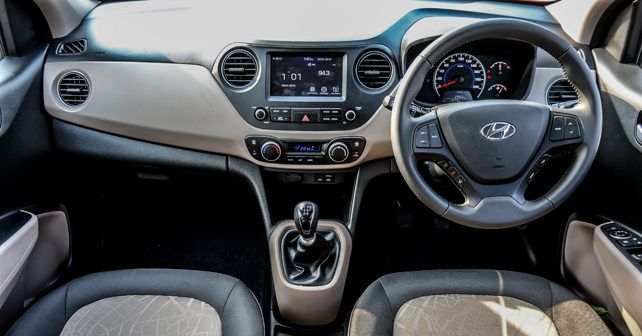
The Grand i10’s interiors are far more conventional, but better built. The typical black-and-beige dual tone cabin gives it a premium feel – and with its improved fit-and-finish, it certainly feels plush. And, of course, in this age of connectivity, the Grand i10 too comes with all the goodies that the Ignis offers – including a 7-inch touch interface. It also boasts of automatic climate control, but it’s not as snazzy looking as the Marutis. The seats, on the other hand, are definitely better than the Ignis’ – as they’re more supportive and provide a commanding seating position. At the rear, three adults can sit with ease and also enjoy the perks of rear air conditioner vents. It also comes with a rear parking camera and sensors. Driver airbag is standard across variants, but what’s disappointing is that ABS is only available in the top-of-the-line trim.
It’s safe to say the Figo’s all-black cabin feels quite Spartan, and the old-school infotainment system with its tiny blue screen and numerous buttons can appear quite confusing – if not a bit intimidating. But the cabin is the most spacious among these three cars, as it provides plenty of leg and shoulder room. The seats provide adequate thigh support, which is fairly non-existent in the other cars. The Figo also provides the best visibility with its large windows. The USP of this cabin, though, are the numerous cubbyholes and bottle holders. And when it comes to safety, the Figo is built like Fort Knox. The top-of-the-line variant comes with six airbags, which is a first in this class. It also gets anti-lock brakes with electronic brake force distribution and Ford’s MyKey feature, which lets you keep tabs on your children or driver by setting the top speed of the vehicle or even the maximum volume of the audio system. What’s impressive is that even though the base variant only comes with a driver’s airbag, all the other variants are equipped with twin airbags and have an option of ABS with EBD. Safety is paramount, and it’s great to see these carmakers giving customers numerous options.
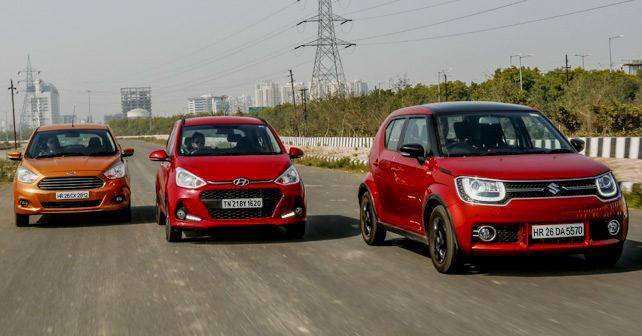
Pedal to the Metal
The 74bhp, 1.3-litre Multijet unit in the Ignis is a familiar one, but its response appears to be slightly blunted when compared with some of its other applications. Turbo lag appears pronounced, and on top of that the NVH levels seem high. Sure, it’s quite capable of performing the daily commute – but it’s missing the punch that its aggressive looks promise. Plus, the steering is vague and doesn’t feel direct like it does in the Baleno. What’s impressive, though, is that both the petrol and diesel variants provide the option of an AMT transmission – and both work quite well. That said, we felt that the manual petrol was the variant that provided a driving experience that was most in keeping with its aggressive and edgy looks. It certainly provides a hint of being a hot-hatch capable of scything through traffic, and it’s definitely the variant that would be our choice.

The Grand i10 now gets a brand new 1.2-litre, 3-cylinder, 74bhp motor. It gallops to 2,500rpm with hardly any lag and with a fair bit of refinement. This new 1,186cc is a pleasure to drive in the city, and it certainly feels gutsier than its specifications suggest. And, apart from the initial clatter, the 1.2-litre motor settles down quickly once on the move. The power delivery, however, starts to taper off after the 4,000rpm mark. On the whole though, with its plush ride that carpets potholes, the Grand i10 is an immensely comfortable car to be behind the wheel of – if not the most exciting.
If it’s excitement you want, then look no further than the 1.5-litre, 99bhp diesel engine that’s the heart and soul of the Figo. It’s not only the most powerful hatchback in its segment, but also one that feels the most planted on the road. With a wide powerband, the Figo keeps pulling even after the needle has surpassed the 4,000rpm mark. The 5-speed transmission shifts smoothly, but isn’t as precise as the previous generation Figo. It’s obvious, though, that Ford wants the Figo to be more of an urban friendly hatchback – and that’s why the steering has now become very light and doesn’t provide feedback like the previous generation machine, which was an absolute gem from behind the wheel.
Signing Off
The Figo’s powerful 99bhp engine will always bring a smile to your face. At the same time, it’s fuel-efficient – so it won’t burn a hole in your pocket. Cabin space is class leading. But with the likes of the Ignis and the refreshed Grand i10, the Figo has started to show its age. It also offers the least number of features. No doubt, in January, Ford managed to increase its sales figures – but it’s a marathon, not a sprint, and in the long run the Hyundai and Maruti will remain the preferred choices. However, if driving is your passion, then neither of these two machines can match the grunt and driving dynamics of the Ford.
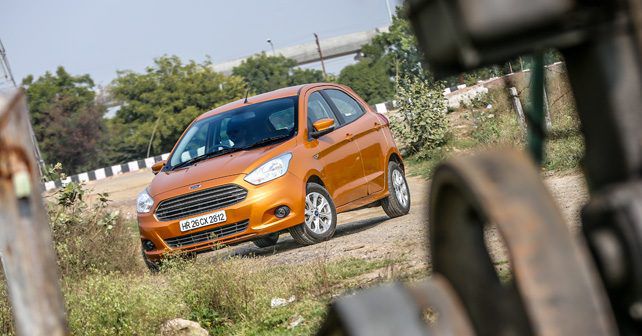
When it comes to the Ignis and Grand i10, they are two sides of the same coin. They cater to the same segment, but to different buyers. The Ignis is for those who believe in making a style statement and want a car that reflects their unique personality. It’s definitely for the youth who make their own rules, and Maruti Suzuki has done well with its quirky design – but, at the same time, the customer wants it all and isn’t willing to compromise on anything. And so the Ignis is fully loaded when it comes to both comfort and safety features. But it loses out in terms of build quality and fit-and-finish in the cabin. The plastic quality is average, the seats could have been better and the motor could have been peppier. Having said that, it’s already a must have for young and the stylish.
As for the Grand i10, it’s very hard to criticise it. It looks contemporary and Hyundai has got it spot on when it comes to the quality of the cabin, passenger comfort and features. You won’t be winning beauty pageants with this design, but it’s not exactly disappointing either. It’s the most practical car here, and with the new 1.2-litre diesel engine, Hyundai has managed to iron out the Grand i10’s main weakness.
So it finally comes down to your own personal taste and what appeals to you. If it’s driving pleasure that you’re after, the Figo provides the thrill. If it’s road presence and a unique style that turns you on, then the Ignis is your only choice. But if you have your sensible hat on, then it’s the Grand i10 that fits the bill.
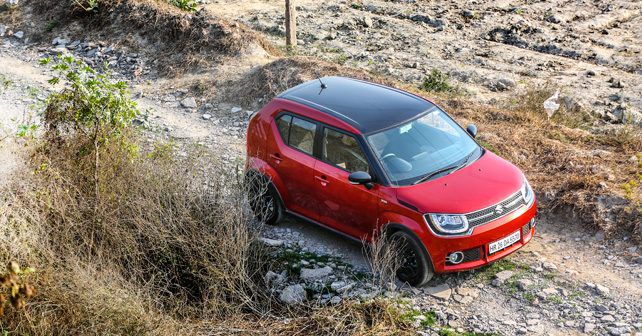
Engine: 1,248cc / 4-Cylinders / 16 Valves
Fuel: Diesel
Transmission: 5-Speed Manual / Front-Wheel Drive
Power: 74bhp @ 4,400rpm
Torque: 190Nm @ 2,000rpm
Price: Rs.7.80 lakhs (Ex-showroom, Delhi)
X-Factor: Unmatched style quotient, funky toggle switches, and loaded with safety features.

